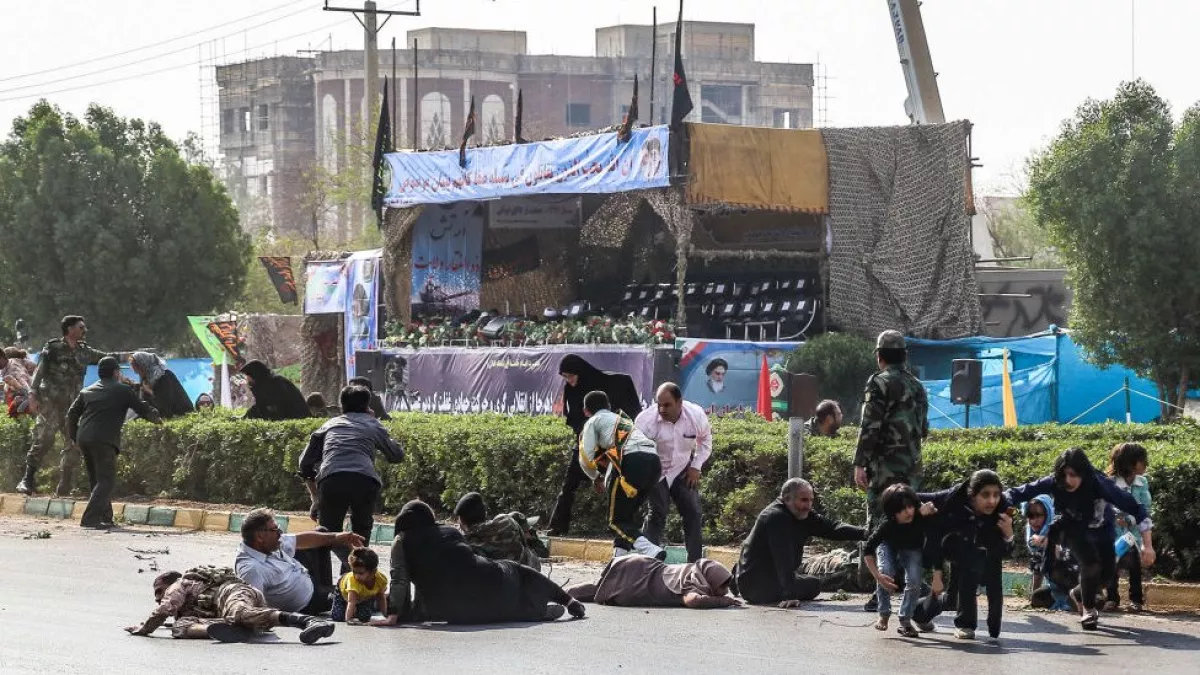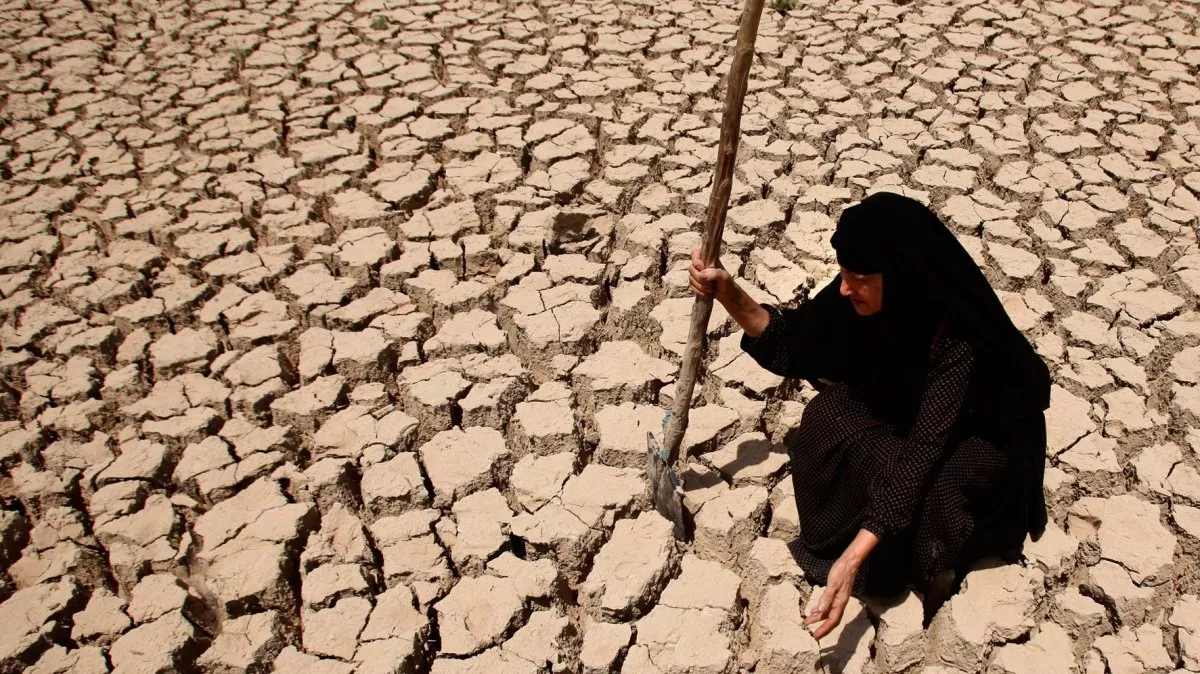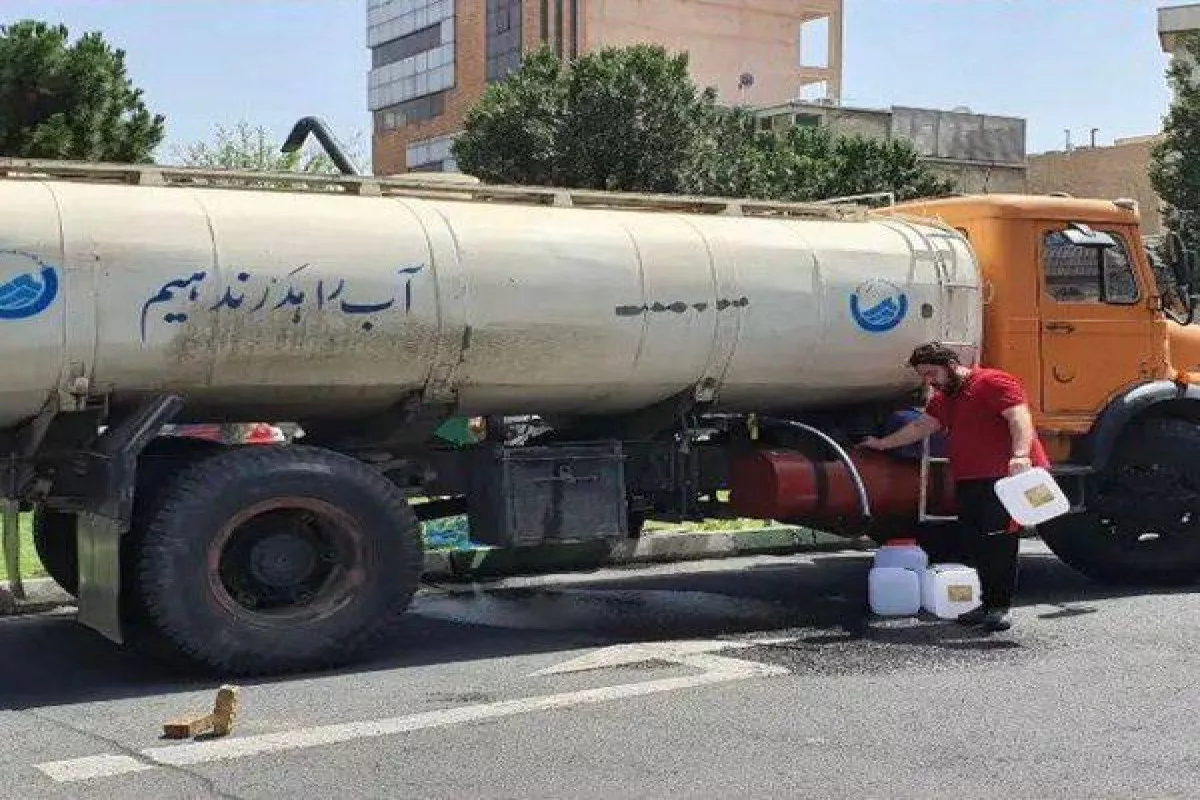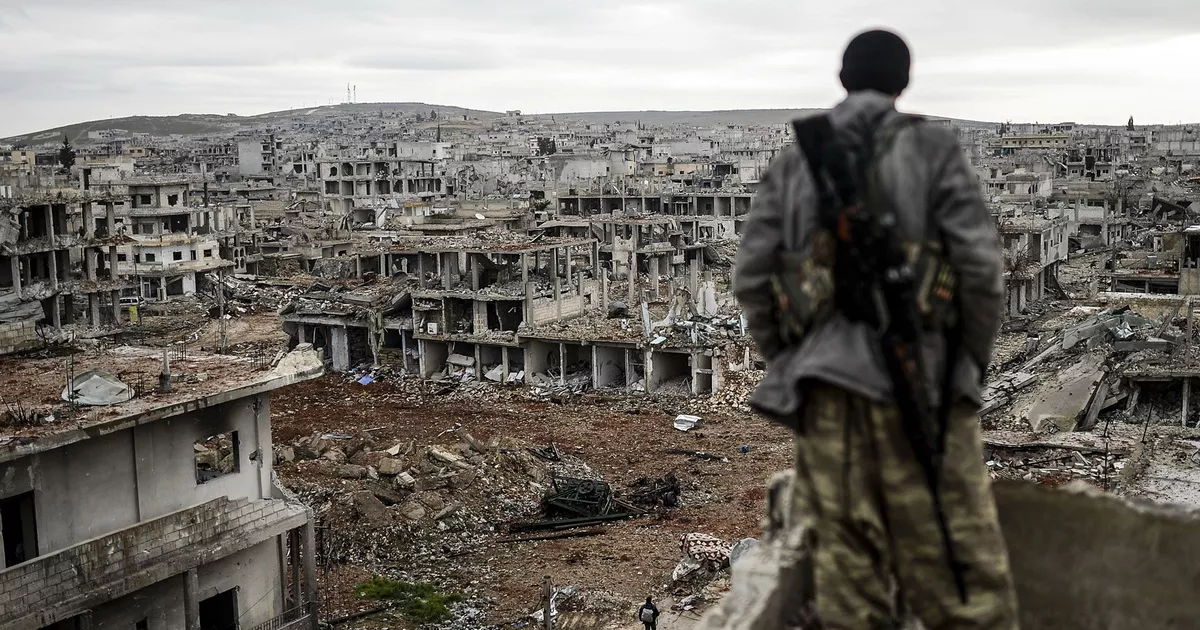Iran on the brink: crisis from within and below The new protest slogan: “Water, Electricity, Life — Our Rights!”
In the city of Khoshkebijar in Gilan province, people took to the streets to protest against regular power and water outages. Similar protests occurred in the city of Sabzevar in Khorasan province, as well as in some other northern regions. In the capital, anti-government slogans are often shouted in crowded places such as the metro.
The previous protest slogan of 2022–2023 was: "Woman, Life, Freedom!" It was linked to the incident where the morality police beat a young woman named Mahsa Amini to death for allegedly improperly wearing the hijab. This time, the focus is on the most basic rights of the population, and the protests are held under the slogan "Water, Electricity, Life!"
Alongside these widespread social demonstrations, interethnic conflicts have intensified. In the Sistan and Baluchestan region and in Iranian Kurdistan, several armed attacks on the regime’s security forces have occurred.

Finally, against the backdrop of all these events, economic problems are intensifying. Inflation in Iran has reached 40 per cent, and due to rising costs of living, 70 per cent of the population lives at or below the poverty line. New difficulties have already emerged. Because of numerous production stoppages, company managers are increasingly delaying workers’ salaries. For example, it was revealed that 21,000 workers at the metallurgical plant in Isfahan have not been paid. The company’s general director, who manages the plant, reported that the company’s accounts have been blocked, causing payment delays. As these phenomena intensify, outbreaks of strike movements are to be expected, which sometimes take on a radical militant character in Iran if workers choose strike committees (councils) independent from official trade union bureaucrats to organise protests.
Why is there no water in Iran?
But perhaps the most urgent issue today is the water catastrophe. In recent weeks, Iran has been facing a crisis linked to water shortages. Temperatures in some regions have risen to +50°C, and some reservoirs supplying water to the Iranian capital are only 8% full, resulting in frequent water outages in the city. A catastrophic situation has developed in the Isfahan area, where the previously navigable Zayandeh Rud river has dried up; in Tabriz, where water reserves remain for just over two months; and in many other regions. In total, over 300 cities and about a quarter of the country’s population are affected by the water deficit.

Due to the water shortage, the capacity of hydroelectric power plants—which provide about 20 per cent of electricity production—is declining. Alongside an earlier energy crisis caused by insufficient gas production (since gas-fired plants generate around 70–80 per cent of electricity), this has led to the shutdown of hundreds of factories and power outages in some regions amid extreme heat. The lack of moisture has also caused a 10 per cent reduction in agricultural land area, which in turn threatens food security.
The unfolding catastrophe is not only linked to summer heat or climate change. The situation resembles a gas crisis. Despite possessing the world’s second-largest proven gas reserves—primarily the supergiant South Pars field—Iran has proven unable to produce enough gas even to supply its own power plants. The cause lies in the so-called “resistance economy,” the regime’s attempt to switch to a self-sufficient, autarkic economy under sanctions to reduce reliance on the outside world. This led to an increase in the number of factories, while the energy produced was insufficient. It became clear that Iran, in its current state, lacks both the necessary capital and modern technologies required to increase gas production. This is compounded by corruption and nepotism—the common practice of officials and affiliated big business owners appointing relatives everywhere. This results in misallocation of funds and incompetent decision-making.
Similar processes are observed in the agricultural sector, which consumes 90 percent of water resources, and in the construction of hydraulic structures. The increased cultivation of water-intensive crops, especially rice, has forced the regime to build hundreds of new dams, increasing water consumption. Often, this was done without consideration of local landscape features, leading to the destruction of rivers.

Powerful security forces from the Islamic Revolutionary Guard Corps (IRGC), to whom the Supreme Leader Ayatollah Ali Khamenei has effectively outsourced control of the country in exchange for maintaining his personal power, bear the main responsibility for what is happening. They have placed their people everywhere—from agencies managing water resources and energy to the prosecutor’s office and agricultural companies. Private businesses owned by their relatives have taken control of state funds, and many of the decisions made were mistaken and ill-considered because those responsible lacked the necessary knowledge and qualifications. The results of this mismanagement have fallen heavily on the ordinary working and underprivileged population of Iran’s cities and villages, who do not belong to the ruling class of billionaires and millionaires.
Iran on the path of Syria
Recent events resemble the processes that led to mass protests and civil war in Syria in the early 2010s. It should be recalled that the Syrian uprising and civil war began in 2011. However, six years earlier, Israeli scholar Shmuel Bar (director of the Institute of Policy and Strategy at the Interdisciplinary Centre in Herzliya) predicted these events, pointing to factors that could destroy Syrian statehood. Among them were signs of the government losing control over border regions, typically inhabited by ethnic minorities and independent tribes. Rebellions took place in Kurdish-populated areas, and there were clashes between Druze communities and Bedouin tribes. Bar described these events as the beginning of the collapse of the “indirect deterrence” system on which Bashar Assad’s regime was based—a collapse accompanied by attempts of the local populations to “test the regime’s strength.”

The primary cause behind these conflicts was drought and the subsequent economic, social, and then political catastrophe in Syria. This has been studied by Professor Arnon Soffer, a geographer at the University of Haifa. According to him, the rise in conflicts was inevitable for two reasons: a prolonged drought and population growth.
Over six decades, the population of the Middle East doubled, all against the backdrop of worsening drought. The causes included climate change, inadequate and incompetent government policies regarding water resources and demographic planning, compounded by unresolved water disputes with neighbouring Türkiye. The drought led to the destruction of the agricultural sector and the migration of approximately one million people to cities—many of whom came from militant Bedouin tribes. The government failed to provide them with jobs and basic services, causing the expansion of poverty, unemployment, and crime zones in urban areas. Ultimately, this led to inter-communal, ethno-confessional, and tribal conflicts, growing disputes over contested land, and finally to a political explosion—the anti-government uprising of 2011—often led by religious leaders and tribal sheikhs.
Does Iran face a similar fate? Drought, water shortages, rural-to-urban migration, rising poverty, corruption, interethnic conflicts, and widespread hatred of the regime… The situation increasingly resembles the beginnings of the events that unfolded in Syria.








